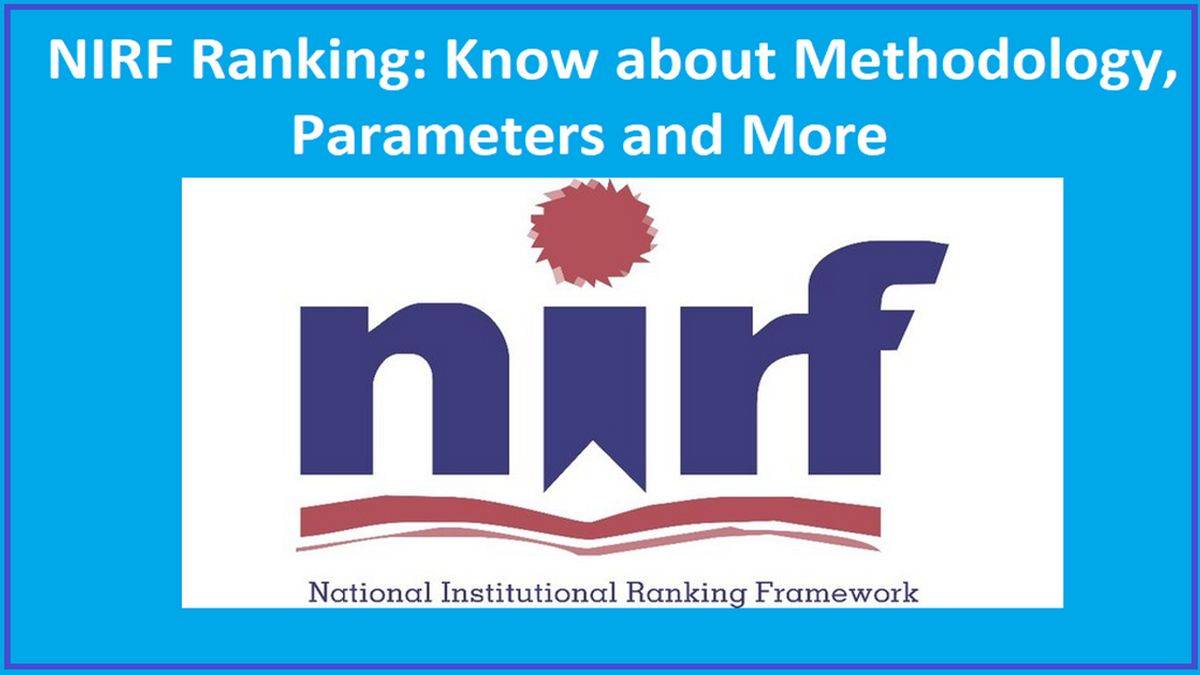What is The NIRF ranking system
The National Institutional Ranking Framework (NIRF) is an annual ranking system for higher educational institutions in India. The framework was introduced in 2015 by the Ministry of Education, Government of India, with the aim of promoting excellence in higher education and fostering competition among universities and colleges. The NIRF ranking system evaluates institutions based on a range of criteria, including teaching, research, outreach, and overall perception.
The NIRF ranking system uses a combination of objective and subjective parameters to rank educational institutions in India. The objective parameters include metrics such as research productivity, academic reputation, student-teacher ratio, and placements, among others. The subjective parameters include factors such as peer perception and employer perception, which are obtained through surveys of academics and industry professionals.
The NIRF ranking system is divided into several categories, including overall universities, engineering institutions, management institutions, pharmacy institutions, architecture institutions, and law institutions. Each category is evaluated based on a set of specific parameters that are relevant to the field.
The NIRF ranking system has become an important tool for students and institutions alike, as it provides a transparent and objective measure of the quality of higher education institutions in India. It helps students make informed choices about the institutions they wish to apply to, and it helps institutions identify areas for improvement and work towards enhancing their overall quality and reputation.
Overall, the NIRF ranking system is an important initiative that has helped promote excellence in higher education in India and has contributed to the growth and development of the country’s education system.






















